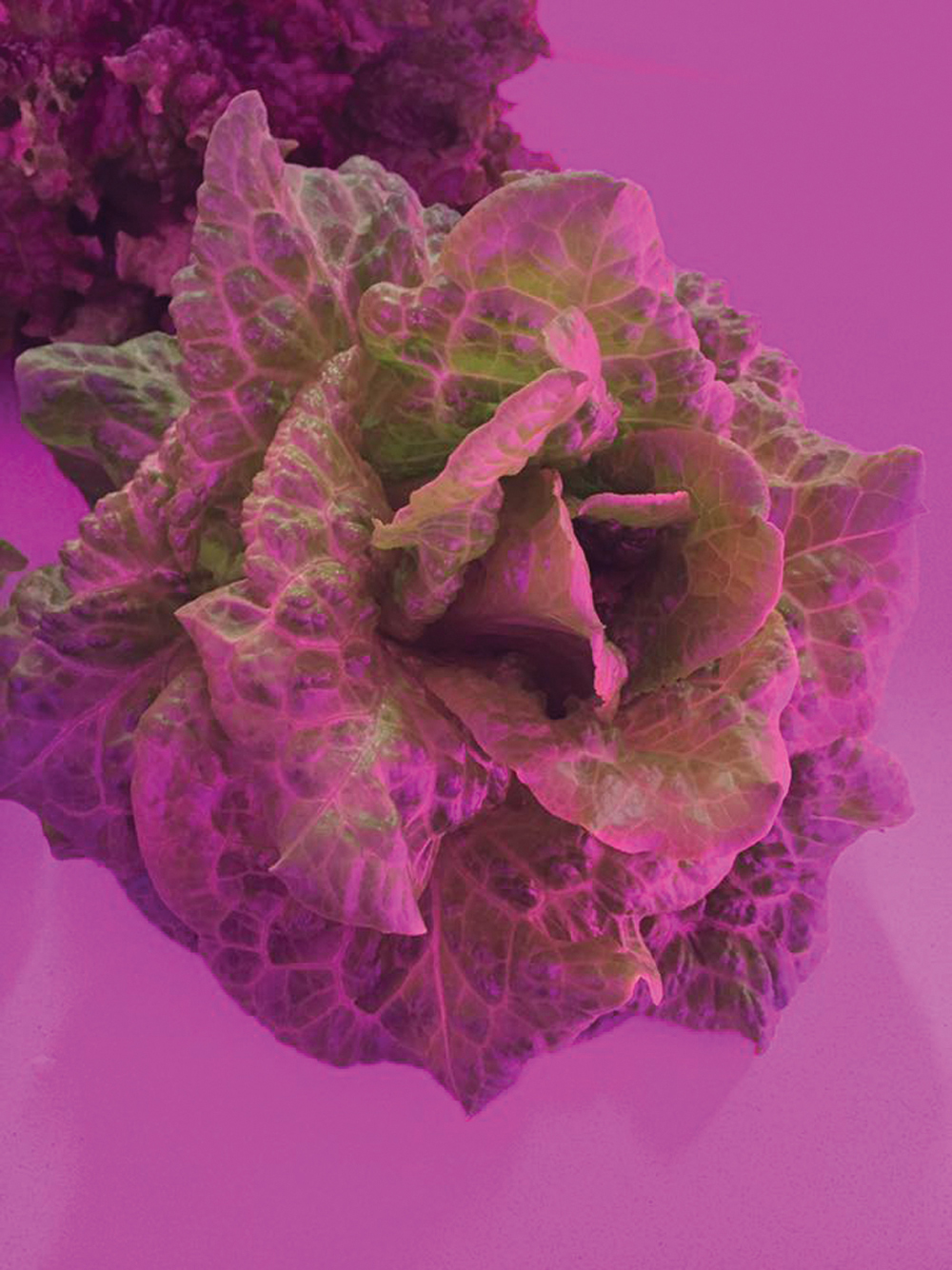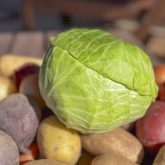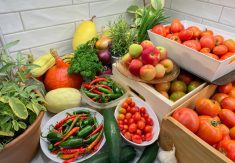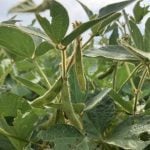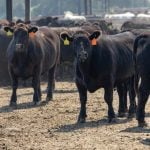A computer-controlled farm, on-site research and fresh produce are providing ways to combat diabetes in this northern community
It sits behind the wall that holds the community centre’s bingo board — and its name is Bertha.
This ‘Smart Farm’ is Stephanie Cook’s domain on Opaskwayak Cree Nation (OCN), more than 600 kilometres northwest of Winnipeg.
After more than six years of farming, Cook can walk into the room and smell if something is wrong with the crop. She can diagnose a faulty return pump or sensor by sound.
In a space designed to grow leafy greens, Cook and her team have grown melons, strawberries and flowers.
Read Also

Your best (and easiest) holiday dainty tray
Make-ahead recipes, store-bought goodies and co-operation with friends and family: Here’s how to throw together a stunning, low-stress tray.
Yet, ‘Bertha’ is just getting started.
Using Korean vertical-farming technology, Cook and her team are growing food tailored to improve the health of community members living with diabetes, and hopefully to reduce the number of diabetes cases going forward.
Up next – they aim to begin a co-operative of farming across northern communities.
A different kind of farm
Cook has fond memories of summers on the family farm on Peguis First Nation. She was pretty young at the time so her memories are vague — but a lot of them involve great food.
Her aunties would cook big pots of soup for all the kids and bake fresh bread or bannock.
Yet before Cook managed OCN’s Smart Farm, she worked at a bank.
Cook recalled her skepticism when she showed up to an informal interview for the farm job. She got there, and they handed her blueprints. That’s how she found out what OCN, in partnership with Korea Agriculture Systems Technology (KAST), had planned.
“They were going to be building a hydroponic operation, and I was like, ‘in the north… In a community hall?’” Cook said. “My initial thought was ‘these guys are crazy.’”
A computer-controlled, hydroponic, vertical farm sounded like sci-fi — and something that would break in a year. Veggies grown under lights and floating in water with designer nutrients sounded like the makings of fake food.
The farm takes up about 830 square feet of the OCN community centre. It has four ‘lanes’ of four, 3×22-foot beds. Each bed can hold 336 plants.
It can grow year round, no matter the weather.
It started with seven varieties of vegetables. At first, Cook wouldn’t eat them. Her neighbours weren’t keen either. They’d grown under artificial light. They lasted far longer than vegetables trucked into the community. Were they real?
She realized if she liked veggies, she had to try them. Cook took a leaf of kale, dipped it in some balsamic vinegar, and took a bite. It was good.
Battling diabetes
The Smart Farm is OCN’s answer to endemic diabetes in the community.
More than half of the community has Type 1 or Type 2 diabetes, or is pre-diabetic, Cook said.
“It’s very upsetting,” said Cook. “It’s people I grew up with.”
She has friends her age (late 30s) who are “full-blown diabetics,” Cook said. It’s hard to see people she grew up with, played basketball with, and hung out with on the weekends confined to a wheelchair, unable to work, or dying from complications.
With the Smart Farm, not only can OCN grow fresh vegetables for the community, but it can tailor crops and crop inputs to provide the best possible foods for diabetes patients.
Cook and her team worked with University of Manitoba researcher Miyoung Suh to analyze their vegetables for nutrient concentrations and to test for safety.
Compared to local grocery store fare, the vegetables tested higher in nutrients like vitamin C, Suh said during a U of M webinar on May 19.
Moving forward, they should be able to grow ‘functional vegetables’ using the adjustable parameters of the farm, Suh said. Then they can analyze the vegetables for their efficacy against diseases like diabetes.
“That’s the beauty of the system is that you can alter those nutrients and alter the formula to meet the need of the patient,” Cook said.
She continues to do research on how to best do that, and how to maximize the farm’s potential.
Researchers from KAST have also spent years studying diabetes in their own communities, she added. They’ve been able to share knowledge on how to help patients.
It’s led to growing plants heretofore unknown in the community. For instance, Cook has grown a leafy green called mizuna, and green perilla — a member of the mint family. Both are common in East Asia.
This has meant learning how to use them so she can teach community members, Cook said.
“I’ve been watching a lot of mukbang videos,” she said, referring to a Korean food video phenomenon.

Growing benefits
Since 2016, they’ve begun to see gradual improvements in community members’ health, Cook said. New diagnosis of diabetes in the community is decreasing slowly.
They’ve seen additional health benefits, however.
The Smart Farm has been a place of refuge and healing for some. For instance, troubled young people have worked at the Smart Farm as part of community service hours. They’d usually have enough hours to work through an entire growing cycle and see what it means to produce a crop.
“It was like a form of therapy,” Cook said.
This may be heightened by the purposefully peaceful atmosphere Cook cultivates at the farm. She’s read studies showing how human interaction can affect plants. Negative interactions can actually harm the plants, Cook said.
She asks her staff to communicate if they’re having a bad day. They don’t allow swearing in the room. They won’t listen to music with certain frequencies or vibes — this rules out rap and heavy metal.
Instead, Cook plays a ‘plant therapy’ track for the crop for an hour a day — all chimes and tones chosen to help it thrive.
Cook said she’s seen young people come into the farm angry at the world be more peaceful and willing to talk by the time they finish their community service.
Sustainable food
COVID-19 has hampered work on the farm. When Cook spoke with the Co-operator it was just starting up again after an extended stint of isolation. She can control many aspects of the farm from her phone, but she can’t mix the nutrients or harvest the crops.
The Smart Farm is also restructuring.
Supply chain interruptions, floods, droughts and produce recalls have shown the community that its food supply is vulnerable.
“We’re feeling the crunch,” Cook said.
They also saw opportunities to become more self-sustaining.
For instance, during a romaine lettuce recall, the Smart Farm grew 5,000 heads of lettuce and was able to supply the area. It showed them what they could do, Cook said.
The OCN Smart Farm has a provincial licence to sell in grocery stores. Cook is working on acquiring a federal licence so it can ship throughout Canada.
Previously, the majority of Smart Farm produce was distributed through community programming.
Going forward, they’re looking at developing a food co-op with other northern communities. The hope is to have multiple communities with farms, each of which could grow its own vegetable cash crop, plus supply fresh produce to the elderly, low income and pregnant or nursing moms in the community.


